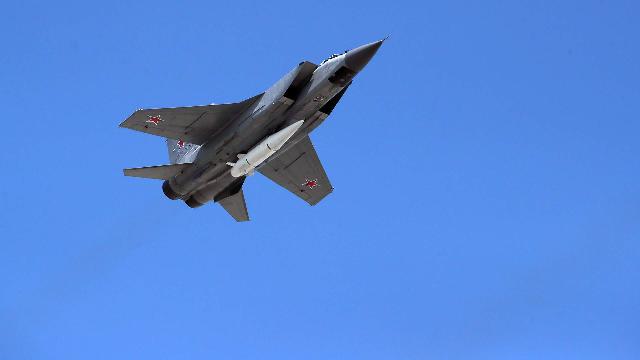All MiG-31I aircraft were equipped with an in-flight refueling system
Fighter carriers of hypersonic Dagger missiles have gained a strategic range. All MiG-31I aircraft will be able to refuel in the air, a source at the Russian Defense Ministry told Izvestia. Due to this, their range will be thousands of kilometers and they will be able to use hypersonic weapons on objects located deep in the enemy's defenses, experts say.
With hypersonic speed
Previously, the MiG-31I had special equipment, but due to the design features of the carrier aircraft, refueling in the air was not performed, and the crews did not receive training, sources told Izvestia in the military department. But at present, a complex of special works has been completed — air refueling systems have been restored on all MiG-31s, and the crews of carrier aircraft have undergone the necessary flight training.
— This will significantly increase the range of the aircraft. It's always good when there is such an opportunity," former commander of the 4th Army of the Air Force and Air Defense, Lieutenant General Valery Gorbenko, told Izvestia. — In fact, it turns out that the aircraft will become a strategic interceptor and fighter-bomber. The possibility of influencing targets that are located at great depth increases. She is never superfluous. Refueling can be both before completing the task and upon return.
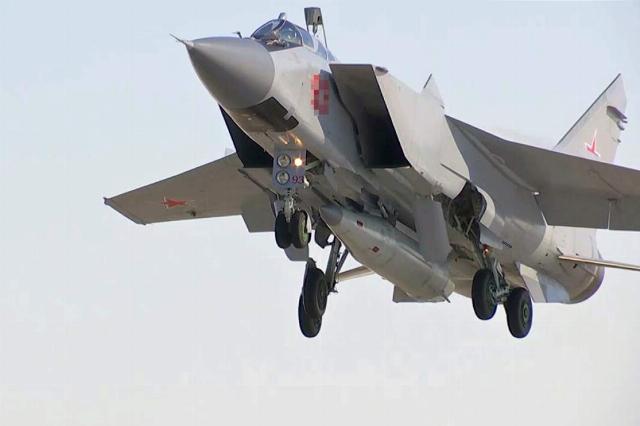
Supersonic fighter-interceptor MiG-31K with hypersonic missile "Dagger"
Image source: Photo: RIA Novosti/Ministry of Defense of the Russian Federation
According to the general, the difficulty of refueling in the air practically does not depend on the weight and combat load.
— The plane is being controlled normally. Training is needed. This is a difficult type of training, but almost all pilots who start it always master it normally," he stressed.
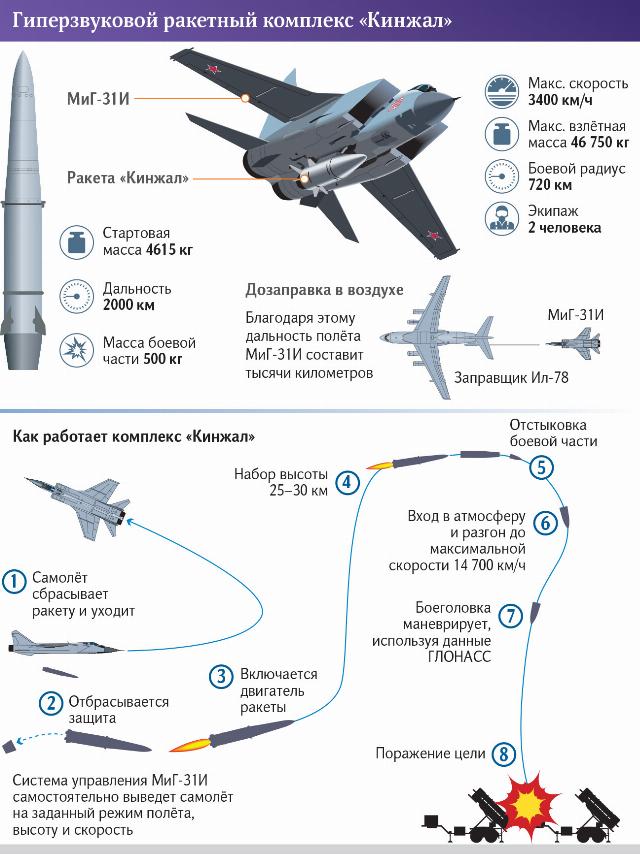
The Dagger is the latest Russian air—based missile system. It was first announced by President Vladimir Putin in a message to the Federal Assembly in 2018. According to official data, the rocket is capable of reaching speeds of Mach 10 (speeds of sound). It is believed that it is almost impossible to intercept such hypersonic targets, since air defense systems can detect such a fast object too late to have time to react.
Since 2022, Dagger missiles have been repeatedly used during a special military operation. The last launch of these systems to date took place on March 22. At that time, the Ministry of Defense reported that the strikes were carried out on the decision-making centers of the Armed Forces of Ukraine, logistics bases, temporary deployment points of special operations forces and foreign mercenaries. It was emphasized that the targets of the strike were achieved, all objects were destroyed.
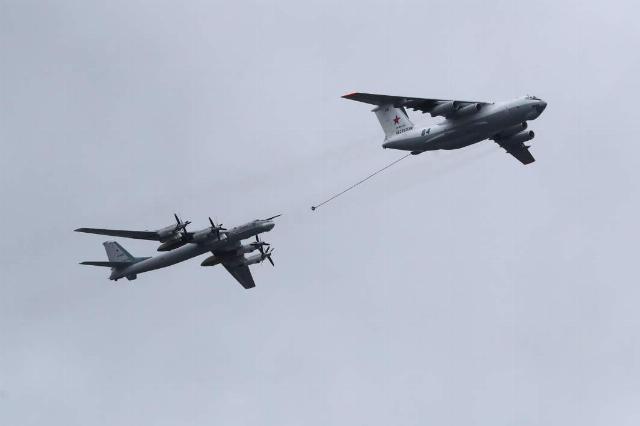
Il-78 tanker aircraft and Tu-95MS strategic bomber during the air part of the parade in honor of the 76th anniversary of Victory in the Great Patriotic War in Moscow. May 9, 2021
Image source: Photo: IZVESTIA/Andrey Erstrem
In January, the Ministry of Defense reported that Russian forces had launched a group strike with precision weapons at military facilities in Ukraine. The American magazine Military Watch noted on this occasion that military-industrial facilities were hit, in particular powder factories and the production of shells of different calibers: 155-mm, 152-mm and 125-mm. "The neutralization of these defense industrial facilities could potentially significantly worsen the already catastrophic shortage of ammunition in the Ukrainian army, which widely affects units ranging from artillery to elite mechanized brigades," the publication noted.
Proven, reliable
The MiG-31 was the first Soviet fighter of the fourth generation. It was originally designed to intercept cruise missiles and other complex aerial targets. The aircraft has outstanding characteristics in terms of speed, altitude and flight distance — it can accelerate up to 3 thousand km/ h and climb more than 20 km. The flight range exceeds 3 thousand km. Various modifications of the MiG-31 have been repeatedly used as carriers of advanced weapons systems and even for launching spacecraft into orbit.
In the 2000s, the aircraft could not be used, and even the issue of decommissioning it was discussed. However, in the end we came to the conclusion that such an aircraft is needed. And when the Dagger appeared, it was the MiG-31 that they decided to adapt for the use of this missile. This is how the MiG-31K modification appeared. It lacks the radar equipment of the fighter, instead it has a new communication and targeting system.
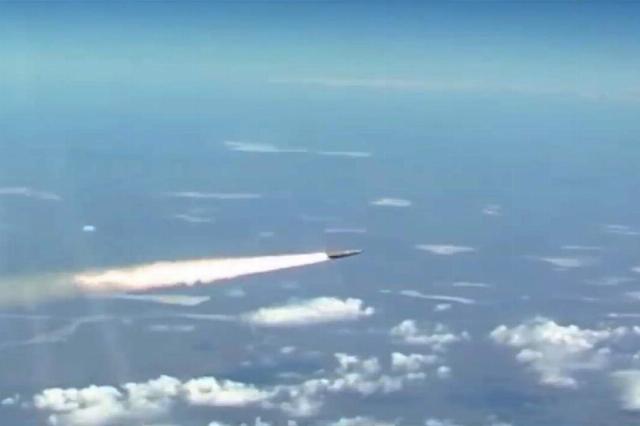
Launch of the Kinzhal hypersonic missile
Image source: Photo: RIA Novosti/Ministry of Defense of the Russian Federation
Due to the size and weight of the rocket, the center of gravity of the aircraft changed, which required retraining of pilots. At the first stage, only highly qualified crews could use the Daggers — it was necessary to maintain the speed limit and flight path in manual mode. In fact, the MiG-31K performs the function of the "first stage" of the rocket: it accelerates and gains a high altitude, after which it launches. The targeting system allows you to enter a flight task directly from the aircraft.
As part of the long-range aviation, a regiment of MiG-31 missile carriers equipped with hypersonic Dagger missiles was formed.
The MiG-31I modification is the most modern. For the first time, this variant is equipped with unique digital complexes — an electric control system and on-board computers. They allow in fully automatic mode, without the intervention of the pilot, to bring the fighter to the desired launch trajectory and launch a hypersonic missile at exactly the right moment.
The main difference between the MiG-31I and the older version of the "K" is the presence of special electronic systems that enhance the flight characteristics and capabilities of the aircraft. They decided to make this version of the aircraft the main regular carrier of the Daggers. However, as sources of Izvestia noted, MiG-31K aircraft will also continue their service.
Alexey Mikhailov
Andrey Fedorov
Roman Kretsul
